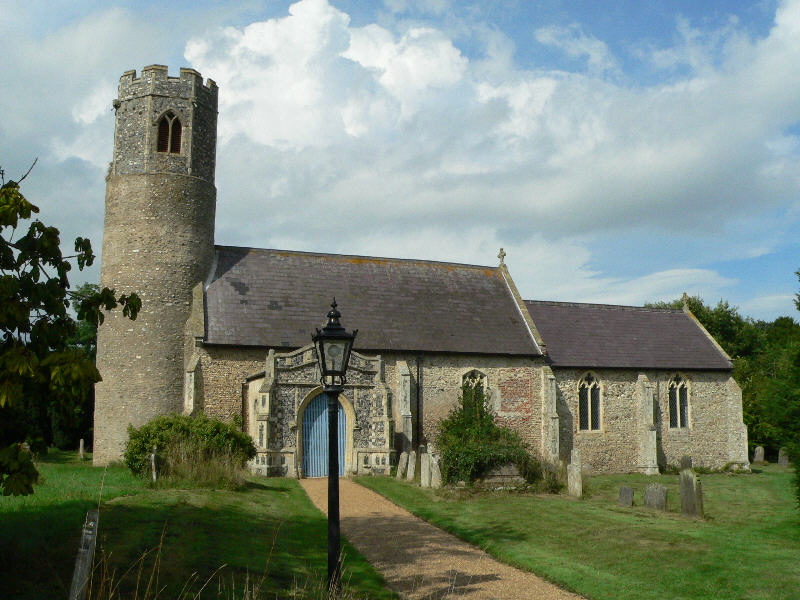Black Street
Settlement in Suffolk East Suffolk
England
Black Street

Black Street is a small, picturesque village located in the county of Suffolk, England. Nestled in the heart of the countryside, it is a hidden gem renowned for its idyllic surroundings and charming community. The village is situated just a few miles southwest of the market town of Bury St Edmunds, offering a peaceful retreat from the hustle and bustle of city life.
The main feature of Black Street is its quaint, narrow road that winds through the village, flanked by beautiful thatched cottages and traditional red-brick houses. The street exudes an old-world charm, with its well-preserved historic buildings and neatly manicured gardens. The local community takes great pride in maintaining the village's unique character, which adds to its appeal for both residents and visitors alike.
Surrounded by rolling green fields and farmland, Black Street is a haven for nature lovers and outdoor enthusiasts. The village is blessed with an abundance of walking trails and cycle paths, providing ample opportunities to explore the stunning countryside. The nearby River Lark also offers opportunities for boating and fishing.
Despite its small size, Black Street is home to a tight-knit community that actively participates in various activities and events. The village hall serves as a hub for social gatherings, hosting events like village fairs, art exhibitions, and community meetings. The local pub, The Black Swan, is a popular spot for residents and visitors to unwind and enjoy a drink or a traditional meal.
In conclusion, Black Street is a charming village in Suffolk that offers a peaceful and picturesque setting for its residents and visitors. With its well-preserved historic buildings, beautiful natural surroundings, and vibrant community spirit, it is a hidden gem worth exploring in the heart of the English countryside.
If you have any feedback on the listing, please let us know in the comments section below.
Black Street Images
Images are sourced within 2km of 52.420635/1.694635 or Grid Reference TM5186. Thanks to Geograph Open Source API. All images are credited.





Black Street is located at Grid Ref: TM5186 (Lat: 52.420635, Lng: 1.694635)
Administrative County: Suffolk
District: East Suffolk
Police Authority: Suffolk
What 3 Words
///estate.premature.universally. Near Kessingland, Suffolk
Nearby Locations
Related Wikis
Africa Alive!
Africa Alive! Zoological Reserve, formerly known as Africa Alive! and Suffolk Wildlife Park, is a zoo located in Kessingland, Suffolk, UK. It is situated...
Rushmere, north Suffolk
Rushmere is a village and civil parish in the East Suffolk district of the English county of Suffolk. The village is around 5 miles (8.0 km) south-west...
Gisleham
Gisleham is a village and civil parish in the English county of Suffolk. It is on the edge of Lowestoft, around 4.5 miles (7.2 km) south-west of the town...
Kessingland
Kessingland is a village and civil parish in the East Suffolk district of the English county of Suffolk. It is located around 4 miles (6 km) south of Lowestoft...
Nearby Amenities
Located within 500m of 52.420635,1.694635Have you been to Black Street?
Leave your review of Black Street below (or comments, questions and feedback).















